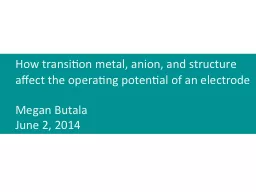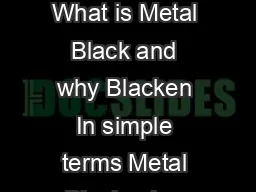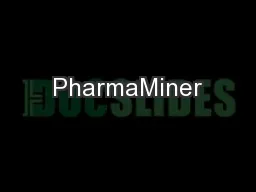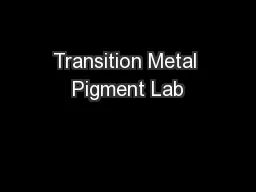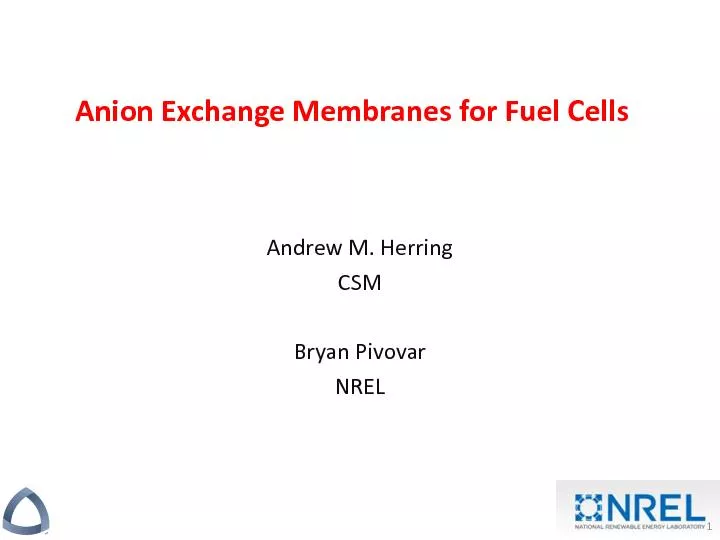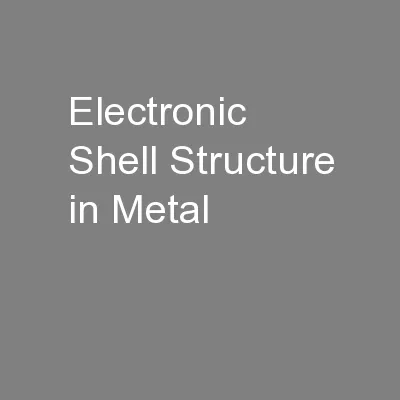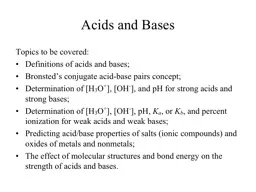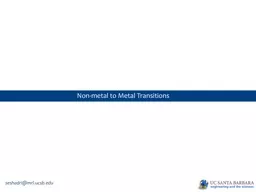PPT-How transition metal, anion, and structure
Author : pamella-moone | Published Date : 2016-05-28
affect the operating potential of an electrode Megan Butala June 2 2014 Hayner Zhao amp Kung Annu Rev Chem Biomolec Eng 3 44571 2012 A wide range of electrode
Presentation Embed Code
Download Presentation
Download Presentation The PPT/PDF document "How transition metal, anion, and structu..." is the property of its rightful owner. Permission is granted to download and print the materials on this website for personal, non-commercial use only, and to display it on your personal computer provided you do not modify the materials and that you retain all copyright notices contained in the materials. By downloading content from our website, you accept the terms of this agreement.
How transition metal, anion, and structure: Transcript
Download Rules Of Document
"How transition metal, anion, and structure"The content belongs to its owner. You may download and print it for personal use, without modification, and keep all copyright notices. By downloading, you agree to these terms.
Related Documents

